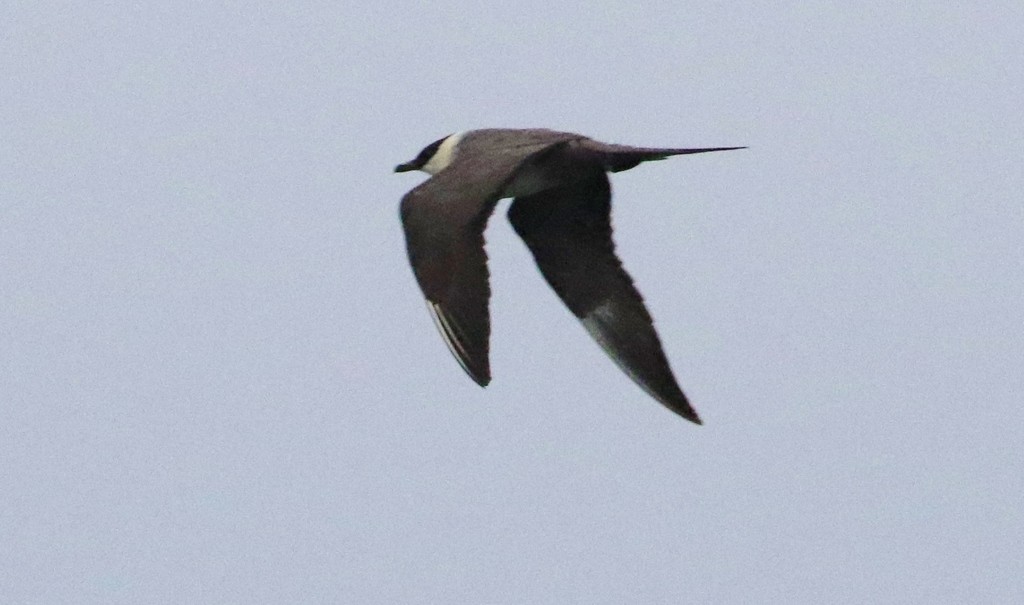Long-tailed Jaeger
A species of Jaegers, Also known as Arctic Jager Scientific name : Stercorarius longicaudus Genus : Jaegers
Long-tailed Jaeger, A species of Jaegers
Also known as:
Arctic Jager
Botanical name: Stercorarius longicaudus
Genus: Jaegers
Content
Description General Info
 Photo By silversea_starsong , used under CC-BY-NC-4.0 /Cropped and compressed from original
Photo By silversea_starsong , used under CC-BY-NC-4.0 /Cropped and compressed from original Description
The long-tailed Jaeger (Stercorarius longicaudus) is a seabird native to the Americas. The bird is fearless when faced with humans, and often hunts on golf courses and cultivated fields with a diet of fruits, fish, small birds and small mammals. It has a very long tail, which is where it gets a part of its Latin name from.
Size
41 - 81 cm
Colors
Black
Gray
White
Life Expectancy
14 years
Nest Placement
Ground
Clutch Size
1 - 2 eggs
Incubation Period
1 brood
Number of Broods
23 - 25 days
Nestling Period
1 - 2 days
Feeding Habits
Long-tailed Jaeger primarily preys on lemmings and voles in the breeding season, adapting hunting tactics like airborne hovering and ground-based stalking. Lesser quantities of young birds, insects, and berries contribute to their diet. Outside the breeding season, they procure fish, marine invertebrates or kleptoparasitize other seabirds, occasionally scavenging from ships.
Habitat
The long-tailed Jaeger breeds in the Arctic tundra's stark landscapes, selecting moist, sedge-rich areas, dry ridges, or sparse shrub regions for nesting. These sites are characteristically inland, away from the ocean. In non-breeding seasons, the long-tailed Jaeger adopts a pelagic lifestyle, inhabiting open sea environments across southern oceanic regions, including offshore areas near Australia, South America, and Africa.
Nest Behavior
The timing of long-tailed Jaeger's nest-building coincides with the tundra thaw. Egg laying follows, with both parents sharing incubation duties and later, chick rearing responsibilities to ensure offspring survival.
Nest Characteristics
Long-tailed Jaeger constructs ground nests on tundra terrain, favoring low rises, slopes, and areas with scant vegetation. The nest is a modest depression, often unlined and blending with the surroundings.
Dite type
Omnivorous
General Info
Feeding Habits
Bird food type
Sounds
Call
Recording location: United States
Behavior
Long-tailed Jaeger exemplify agility and grace in flight among jaegers, engaging in elaborate territorial displays with distinctive bowed wings and white wing patches. Their larger breeding territories are staunchly defended through these aerial maneuvers. Pair bonds are crucial for reproduction, often with mate reunification in sequential years. Both partners are actively involved in raising their offspring, showcasing their cooperative parenting approach.
Scientific Classification
Phylum
Chordates Class
Birds Order
Shorebirds Family
Skuas and jaegers Genus
Jaegers Species
Long-tailed Jaeger